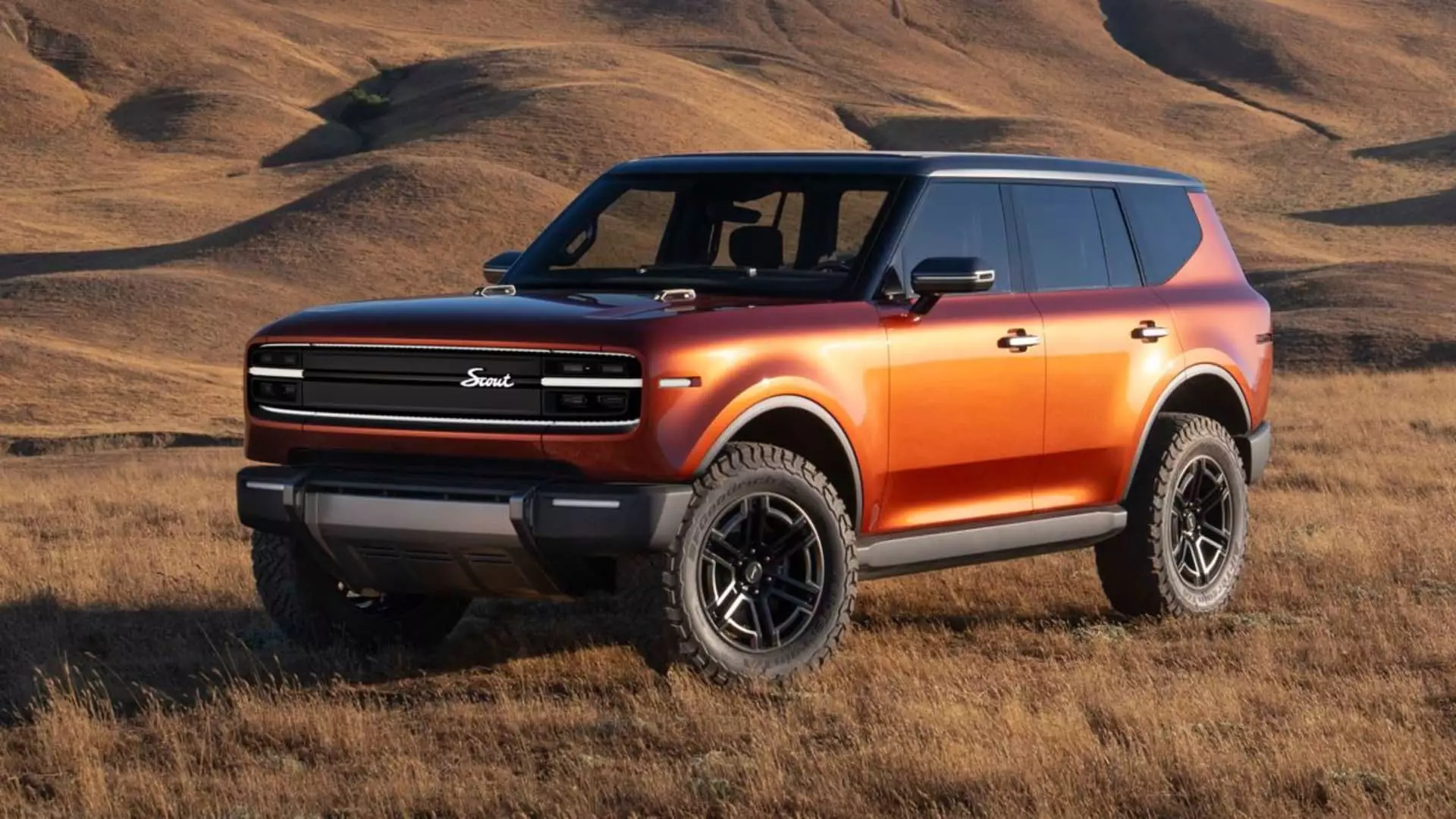The automotive industry is undergoing a remarkable transformation, driven by innovations in electric vehicle (EV) technology. In this landscape, Scout Motors, a brand re-emerging under the wings of Volkswagen, is poised to make a strong comeback with its inaugural electric offerings. This article explores the strategic pivot Scout has made towards incorporating extended-range electric vehicles (EREVs) into its product lineup amidst the challenges of consumer acceptance and market volatility.
Founded initially in the early 1960s, Scout has a rich heritage that appeals to automotive enthusiasts. After being dormant for several decades, the brand gained new life when Volkswagen acquired the Scout trademark through its $3.7 billion purchase of Navistar in 2021. The resurrection of Scout comes at a pivotal moment for the automotive market, where the demand for electric and hybrid vehicles is escalating. While the company had initially positioned itself as a pure EV brand, recent shifts in consumer behavior and market dynamics have compelled Scout to reassess its strategy.
Scout’s CEO, Scott Keogh, articulated the need for a flexible approach to consumer demand during a recent interview. The slower-than-expected adoption rates for EVs, combined with rising production costs, influenced the decision to include EREVs in Scout’s offerings. Essentially, EREVs combine the capabilities of electric motors and traditional internal combustion engines, allowing vehicles to extend their range when battery power wanes. By embracing this hybrid approach, Scout aims to not only capture a wider audience but also mitigate risks associated with market volatility.
Keogh believes this pivot is necessary to introduce potential customers to electrification while still providing the confidence of a backup power source. This dual-engine strategy, which maintains an electric drive experience while alleviating range anxiety, positions Scout favorably within a competitive landscape. The company has signaled its commitment to electrification but understands the need to be pragmatic in its approach.
Scout’s ambitious plans include capitalizing on the lucrative segments of the U.S. automotive market. With the anticipated release of two models— the Traveler SUV and Terra pickup truck— Scout is setting its sights on highly profitable categories that dominate U.S. vehicle sales. The potential production capacity for Scout’s $2 billion South Carolina plant, set at 200,000 vehicles, aligns with the brand’s goal of achieving operational profitability within the first year of production.
Historically, electric vehicle startups have struggled to remain financially viable, often incurring significant losses per vehicle sold. In contrast, Scout is optimizing its strategy by laser-focusing on market segments characterized by robust profit margins. The company’s choice of vehicles is telling; full-size trucks and SUVs command higher prices, placing Scout in a position to successfully navigate the challenges that have plagued its predecessors.
Launching its operation with a direct-to-consumer sales model, Scout stands apart from the traditional franchised dealership networks that many automakers rely on. This approach allows Scout to maintain closer relationships with its customers and streamline the purchasing process. Initial models are expected to retail within the $50,000 to $60,000 range, a price point that aligns with consumer expectations for hybrids.
While Scout’s immediate product offerings are based on traditional designs revitalized for modern tastes, the company has plans for future diversification. The upcoming vehicles are designed with advanced features such as bi-directional charging and cutting-edge digital displays, underscoring Scout’s commitment to integrating high-tech capabilities.
Scout’s vehicles are engineered to outperform competitors, boasting a capability of climbing steep grades and impressive acceleration figures. By emphasizing performance alongside sustainability, Scout appears determined to carve out its niche within a market that includes both established players and emerging startups.
The electric vehicle segment is rapidly evolving, and while Scout is strategically positioned, it still faces significant challenges. The competition is fierce, with major automakers like Ford and GM racing to release their electric models. The initial enthusiasm for EVs has tempered, leading to heavy discounts and incentives to attract buyers—conditions that Scout must navigate carefully.
Moreover, consumer preferences are continuously shifting. Scout must ensure it remains agile and responsive to market changes while executing its long-term vision. The prospect of future vehicle size reductions and a broader product range indicates a forward-thinking mindset, but execution will be key.
The comeback of Scout Motors offers a glimpse into the complexities and challenges of modern automotive electrification. By smartly integrating EREVs into its strategy while targeting profitable segments, Scout is primed to not just re-enter but potentially reshape the market. Looking ahead, the brand has the opportunity to flourish in the evolving landscape, provided it continues to innovate and adapt. The journey of Scout underscores a critical lesson: flexibility and foresight may well be as valuable as the technology that drives the future of mobility.

Leave a Reply